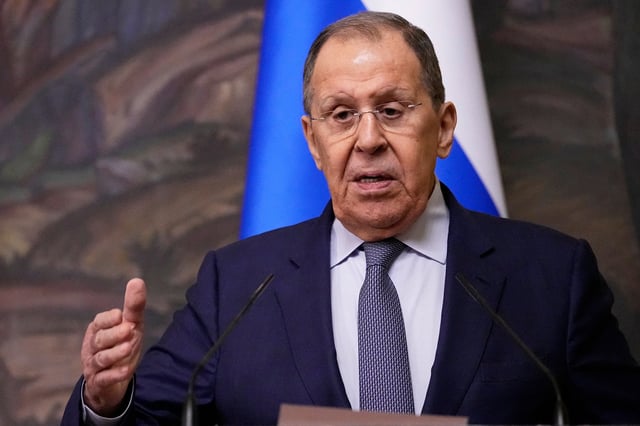Overview
- Allies will allocate at least 3.5% of GDP to core defense requirements and up to 1.5% to security-related measures such as cyber safeguards and infrastructure resilience by 2035.
- The agreement requires credible annual spending plans and schedules a comprehensive review in 2029 to adjust trajectories in response to shifting strategic and economic conditions.
- President Trump hailed the pact as a major victory after years of urging NATO members to boost military outlays, and the U.S. is now expected to press Asian partners like South Korea and Japan to follow suit.
- Analysts estimate meeting the new benchmark will add about $800 billion in annual defense costs by 2035, prompting concerns over cuts to social programs and environmental initiatives and drawing objections from Spain.
- Russian Foreign Minister Sergei Lavrov downplayed the security impact on Moscow even as NATO reaffirmed its Article 5 collective defense commitment and vowed continued support for Ukraine’s defense capabilities.



